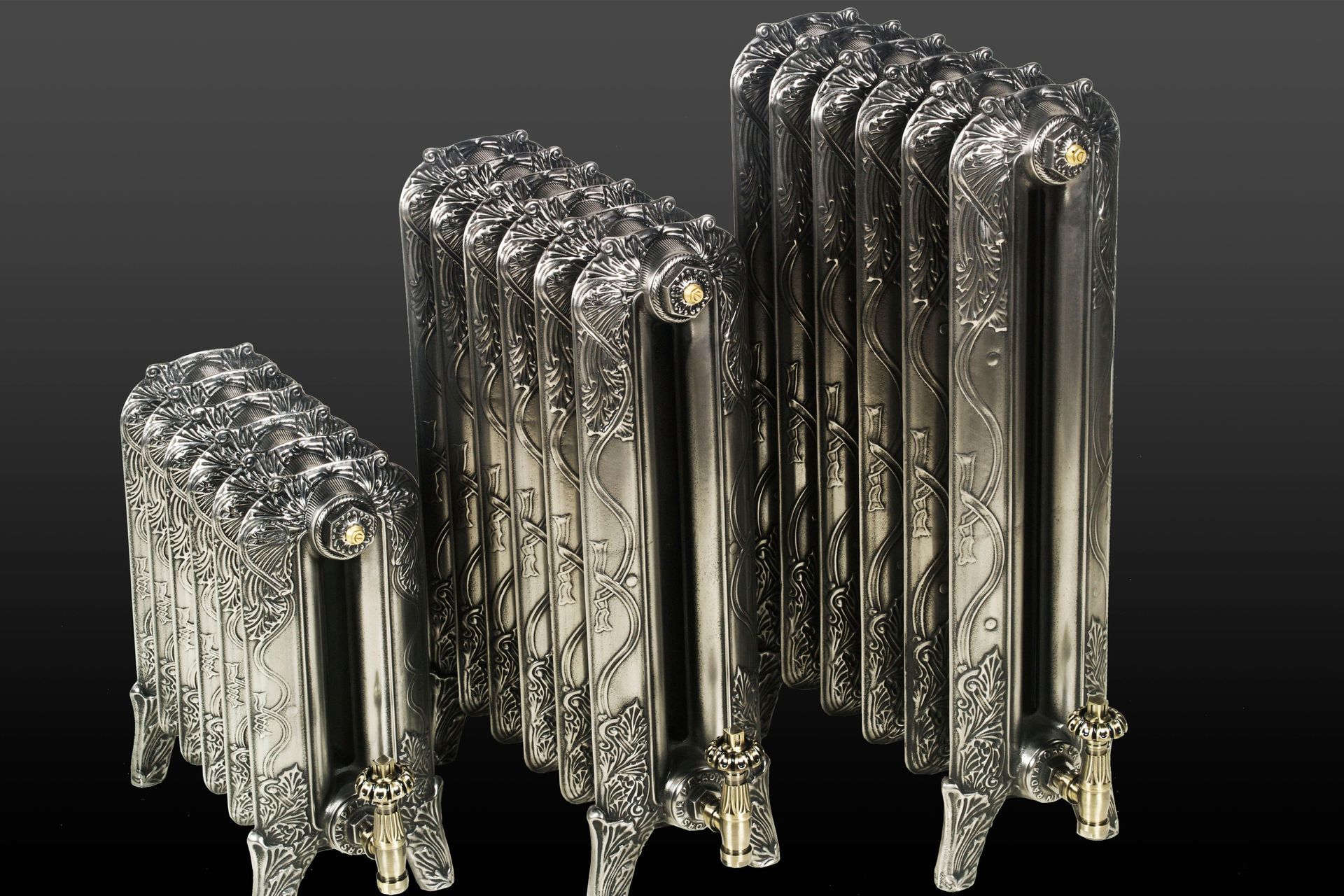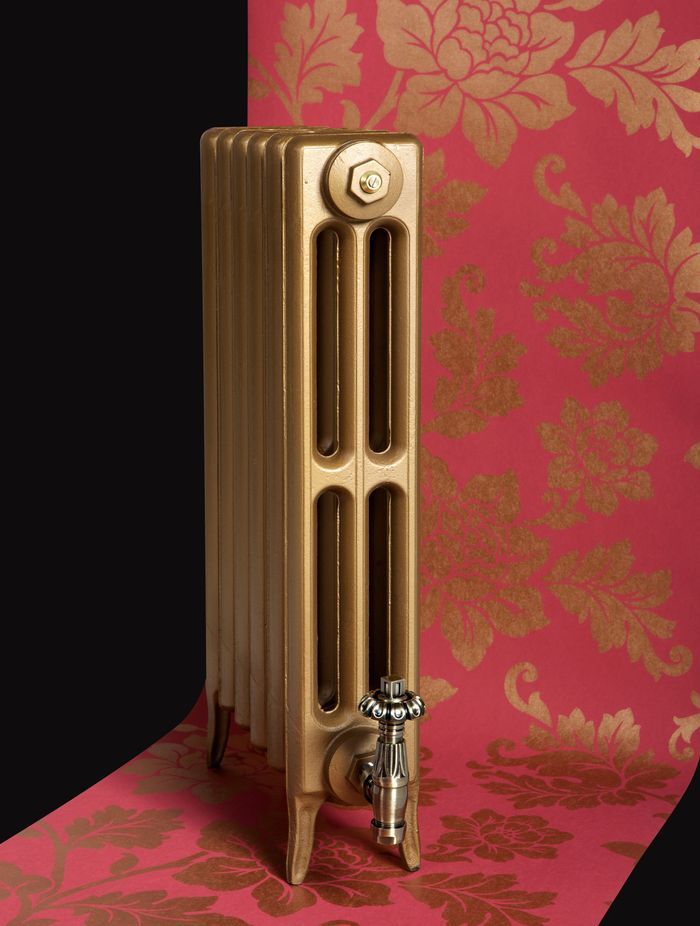Heritage heating: the do’s and don’ts
Written by
01 February 2018
•
4 min read

We all know the pitfalls of choosing to live in an older home. While they are often full of character and ornate detailing, villas and bungalows aren’t always the warmest abodes and they can be difficult to heat, mainly because of their typically high stud heights and less airtight building envelopes than modern homes.
Most Kiwis have spent at least some of their life living in an older home and we’re all too aware of the battle to create ambient, even heat across the house. “Particularly because of the high stud heights in heritage homes, heat pumps aren't always the most effective solution because the heat coming from the ceiling is fighting physics all the time and is never as effective at heating a room as radiators installed at floor level,” Warm NZ’s Todd Bowmast says.
“It’s also four times more efficient to heat water than it is to heat air, which is why radiator central heating systems are ideal for heritage homes,” Todd says. “Because of the radiant heat they create, you don’t get cold spots in the rooms and they force moisture from the home by creating a warm and dry environment."
Another benefit of radiator central heating is that the systems are completely silent unlike the background noise that ducted systems create.
Radiator central heating systems require a gas or diesel boiler to be installed, which heats and circulates the water through piping and into the radiators in each room. “Each radiator then has a thermostatic head that turns the radiator on or off as required based on the desired heat setting.”
Retrofitting radiator central heating systems is particularly easy, especially if the house is above the ground, Todd says, which is often the case in villas and bungalows and other heritage homes. “Installers just need access to the underneath of the house. If the house is on a concrete block, then people often retrofit a radiator central heating system when doing a renovation and removing the gib, in which case, the piping is run through the walls and/or ceiling.”
Radiator central heating systems require a gas or diesel boiler to be installed, which heats and circulates the water through piping and into the radiators in each room. “Each radiator then has a thermostatic head that turns the radiator on or off as required based on the desired heat setting.”
Retrofitting radiator central heating systems is particularly easy, especially if the house is above the ground, Todd says, which is often the case in villas and bungalows and other heritage homes. “Installers just need access to the underneath of the house. If the house is on a concrete block, then people often retrofit a radiator central heating system when doing a renovation and removing the gib, in which case, the piping is run through the walls and/or ceiling.”
Geared specifically for heritage homes, one brand of radiators is perhaps the most suitable for older houses, and it’s one that is seeing more and more popularity in New Zealand in part due to the customisable nature of the finishes and ornate detailing available.
“Paladin radiators are magnificent. They are cast iron and finished with ornate hand-painted detailing to create an authentic heritage appeal,” Todd says. All Paladin radiators and hand-made in England and are available in a host of different sizes, colours and finishes. "While they are a highly sought after product, the cost of cast iron radiators means they are now available to much more of the market as an affordable option than they previously were.
“With these radiators, you can essentially create a standalone piece of art for your home, or have them finishes in a colour to match your existing decor or colour scheme.”
Get in touch with Warm NZ on ArchiPro here to see what you could achieve with Paladin radiators in your next heritage project.


